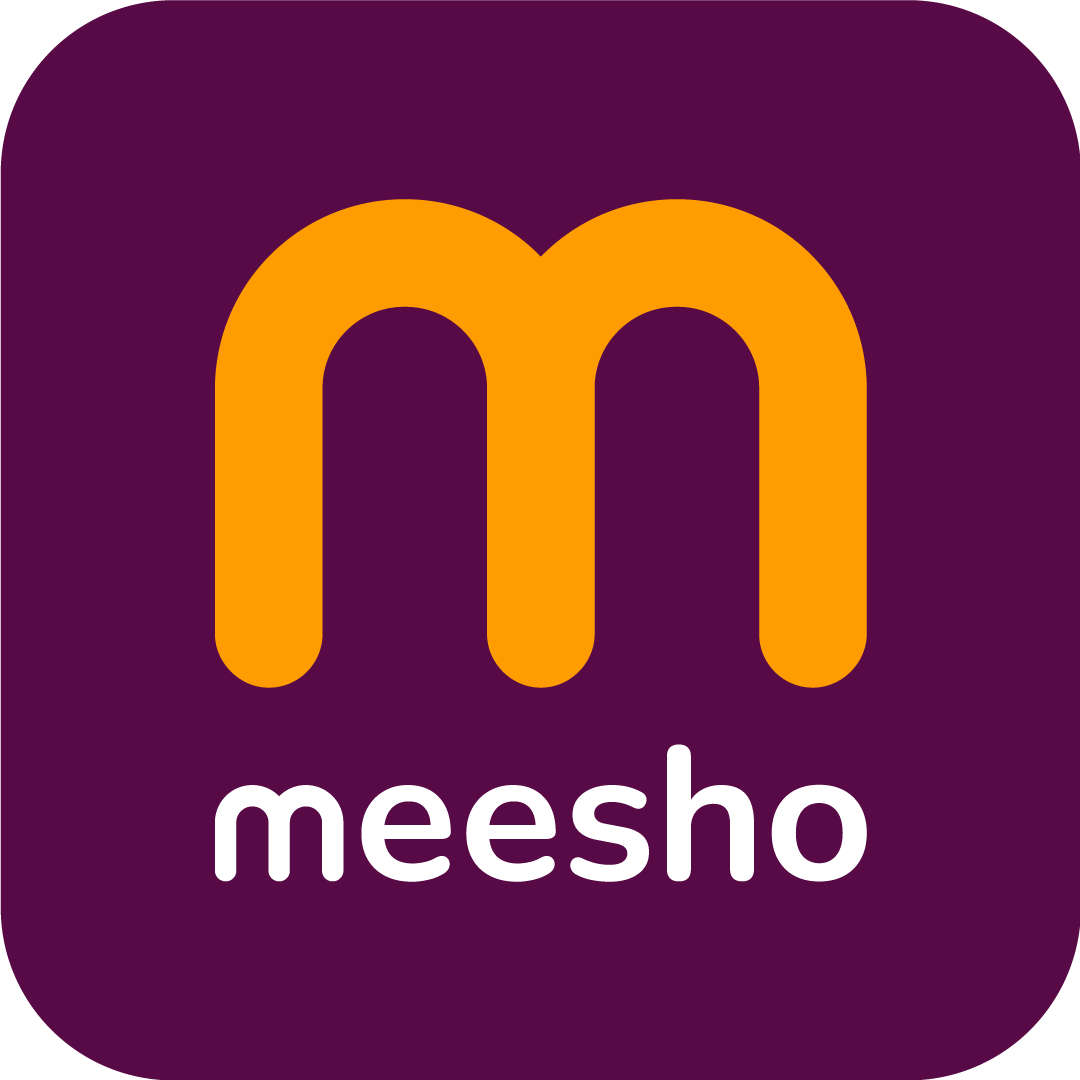When New York’s Grand Central Terminal opened in 1913, it was just a train station. Today, it has surpassed that: it’s now an art gallery, a museum, a bazaar, and above all — a landmark.
Over the years, across multiple renovations, spaces were subtracted and added as the number of visitors grew. Today, it’s as iconic as they come, embedded into cultural diktat.
The Meesho app mirrors the Grand Central Terminal story 🚂
Change in consumer behaviour
We started out as an app for entrepreneurs. Enterprising women (mostly) would use the Meesho app to create a catalog of similar products, and sell it to their local communities via Whatsapp. This was our core business, and helped create a ‘social commerce’ wave. The ‘reseller’ business was born. But as we’ve grown, so has our Direct-2-Consumer (D2C) business.
By January 2020, 3 of 4 orders on the app started coming directly from end consumers!
A consumer’s journey of buying a product on Meesho is dramatically different from that of a ‘reseller’ selling products in tier 2+ and below markets.
We had to morph into an app that served varying audiences. Here’s how we did it.
So what didn’t work in our existing design?
Our previous funnel of “product discovery” was a 3-step process starting with Catalog Listing Page (CLP). Catalogs or collections of similar products, were intended solely for entrepreneurs, and were shared by them with their end customers.

- Clicking on the catalog would list all the products as part of the catalog, i.e., Product Listing Page (PLP).
- Checking in detail into a PLP product would lead to the Product Details Page (PDP), containing all the relevant product information.

This does seem like a lot of steps to view a product, doesn’t it?
While the catalog-first hierarchy of products aligned to a resellers’ mental model, users had difficulties finding the options to purchase or view details of the product.
Because most actionables were based around product sharing on CLP and PLP, clicks on ‘Add to Cart’ were 18% lower for consumers than entrepreneurs owing to low visibility.
We broke shopping. Yikes!
Fixing shopping — 101 📋
1. Reduce friction in purchasing a product
We adopted a 2-step navigation: Product Listing Page (PLP) to Product Detail Page (PDP).
This meant dissolving the catalog structure entirely and showing products directly on the main listing view.
This would enable users to quickly view product details and purchase the product, making the viewing process more efficient.

2. Improving the Listing view
Earlier, an average phone viewport could accommodate only 1.5 catalogs. Users had to scroll to view more products, thus lacking a sense of variety.
By doing away with the catalog structure entirely, we gave maximum visibility to the product with highest orders per viewer on the product cards for PLP.
In creating a solution, our goal was to help users discover more different kinds of product
When it came to figuring out the layout of these product cards, we were left with another question:
What’d be a better layout…list view or grid view?

Our end-state goal is to have a hybrid listing model — the best of both worlds.
Grid view lays emphasis on bigger images and minimal text. It’d be used for product categories banking heavily on visuals. Examples: fashion, accessories.
List views usually have a small product photo and highlighted textual information. It’d be used when for certain categories, product attributes and description play a more important role than the look of the product itself. Examples: kitchen utilities, electronics.
At Meesho, fashion items contribute to over 70% of the total orders. Users decide if they want to view a product based on likeability, or how the product ‘looks’. Showing bigger photos in product cards would help users make quicker viewing decision.
For the MVP, we adopted a grid view with large image proportion for all categories. It'd accomodate up to 4 products in a viewport

Linkage between products
Since only one product of a catalog was the ‘hero’ or main image on the PLP, visibility of other products would be compromised.
We introduced cross-navigation from one product to another product on the PDP. From this page, users could now view and navigate to other products which are part of the parent catalog of the product.

While optimising the journey for consumers, we adopted guardrails to not cause a lot of friction in the entrepreneur shopping experience.
A lot of research and thinking went into redesigning the layout of our product listing experience. But this is just the beginning!
In my next post, I’ll walk you through how we designed the final product cards from scratch optimized largely on behavioral trends we observed in tier 2, tier 3 city users.
I hate cliffhangers too, but it’ll be worth it — after all, Grand Central wasn’t built in a day, was it?
Here's the link to Part 2 of this blog series.
If such challenges excite you, we'd love to have you on our team! Check for openings at meesho.io.


